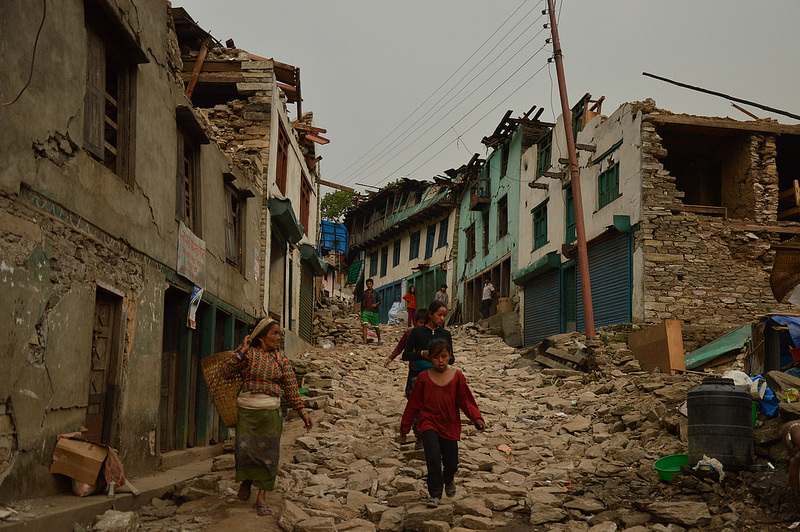| Few things scare me more than the thought of being trapped beneath the rubble of my own house after an earthquake strikes at 3:36 a.m. The darkness, the weight of whatever debris is crushing you, the pain and, worst of all, the terrifying thought you may never be found or that no one else is alive to find you — it’s enough to make you hysterical even though the sun is shining and the earth, for the moment, is rock solid and still — at least here. |
| | Actually, the precise timing isn’t that important. Any earthquake that strikes in the middle of the night will do for purposes of this nightmare. It’s just that 3:36 a.m. is the exact time Wednesday morning that a 6.2 magnitude earthquake hit central Italy. By now you’ve seen the videos of the rubble and watched the locals digging, sometimes with bare hands, to get at people who may be living out my fears. My nightmare is not irrational. We’ve all seen the predictions. It may happen tomorrow or in 50 years, or maybe in 100 years. What were the predictions Tuesday afternoon for the people of Ascoli, where by Wednesday morning people were frantic for equipment that could move heavy objects? But while our hearts and prayers, and whatever other resources Americans are so generous about sending at times like this, are appropriately directed at Italy, our second thought should be about our own homes. Italy wasn’t alone this week. A 6.8 magnitude quake hit Burma on Wednesday, as well. On a worldwide scale, the terra is never really firma. The earth is constantly moving somewhere. And it will move here. Four months have passed since the last Great Utah Shakeout, the annual earthquake drill that involves many businesses in the area. Drills are fine, but my guess is they prepare you for the real thing about as well as a flight attendant’s instructions about oxygen masks prepare you for the horror of an actual mid-air emergency. We hide under our desks for a moment and then file in an orderly manner to the spot where our employer has determined employees should assemble in an emergency. But when we open the stairwell in these drills, we aren’t confronted with a 50-foot drop off into a dark abyss. “Scarps,” or cliffs almost 10-feet high, could be formed by fractures in the earth, as Bob Carey, operations chief for the Utah Division of Emergency Management, told reporters in April. That may be a minor thing compared to life within some high-rise buildings downtown. Carey was among several officials this year who laid out the aftermath of a 7.0 quake along the Wasatch Front in stark detail. If it hits at 2 a.m., expect 2,487 deaths and 36,000 injuries. A midday quake would be slightly less deadly, and an afternoon rush hour one would be somewhere in between. Such exact numbers are jarring, but that may be the point. But while we’re being jarred, here’s something to consider. The main water line for Salt Lake City crosses over a fault line 19 times. How much do you need water on a daily basis? The folks who deal with these figures talk about their hope of fostering a “culture of preparedness” here. Unfortunately, people just aren’t like that. Maybe we need another Iben Browning. About 26 years ago he predicted a massive quake in the nation’s mid-section in early December. Browning was a biologist. The rational reaction would have been to dismiss his prediction because, well, not even scientists who study earthquakes can predict them. But for a while, people hit stores for emergency supplies like banks during the Depression. Unfortunately, when the predictions proved false, some people might have slipped into a sense of cynicism about it all. And that’s the trouble with earthquakes. They don’t leave calling cards. Their damage isn’t always predictable, notwithstanding those exact casualty figures I cited earlier. But they can be much more manageable with the right preparation. As I write this, officials say the death toll in Italy is 250, but that is certain to rise. A lot of them, true to my worst fears, were asleep when it happened. |


 RSS Feed
RSS Feed

